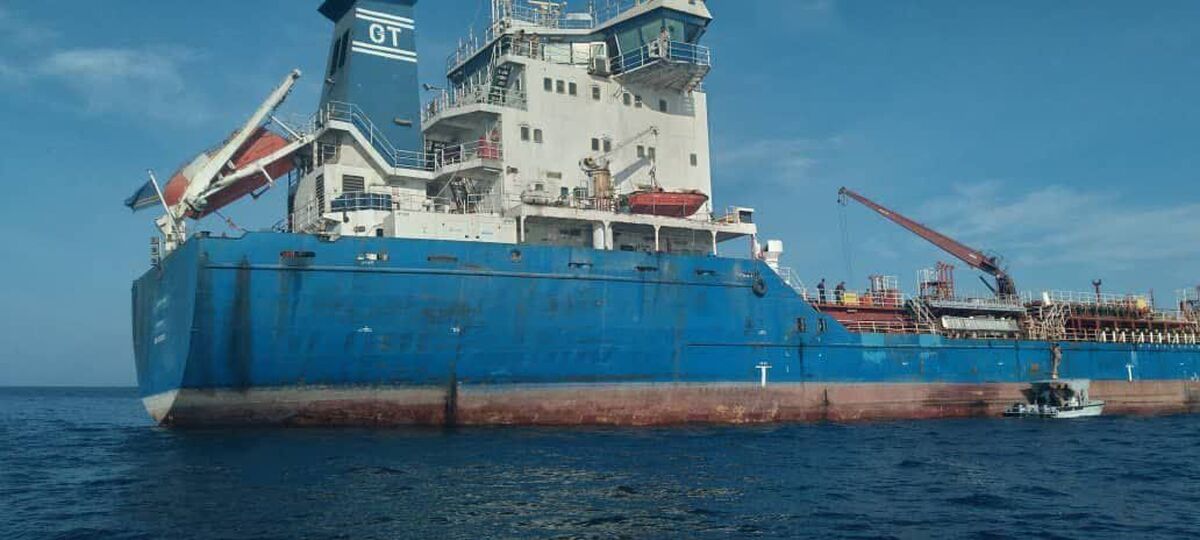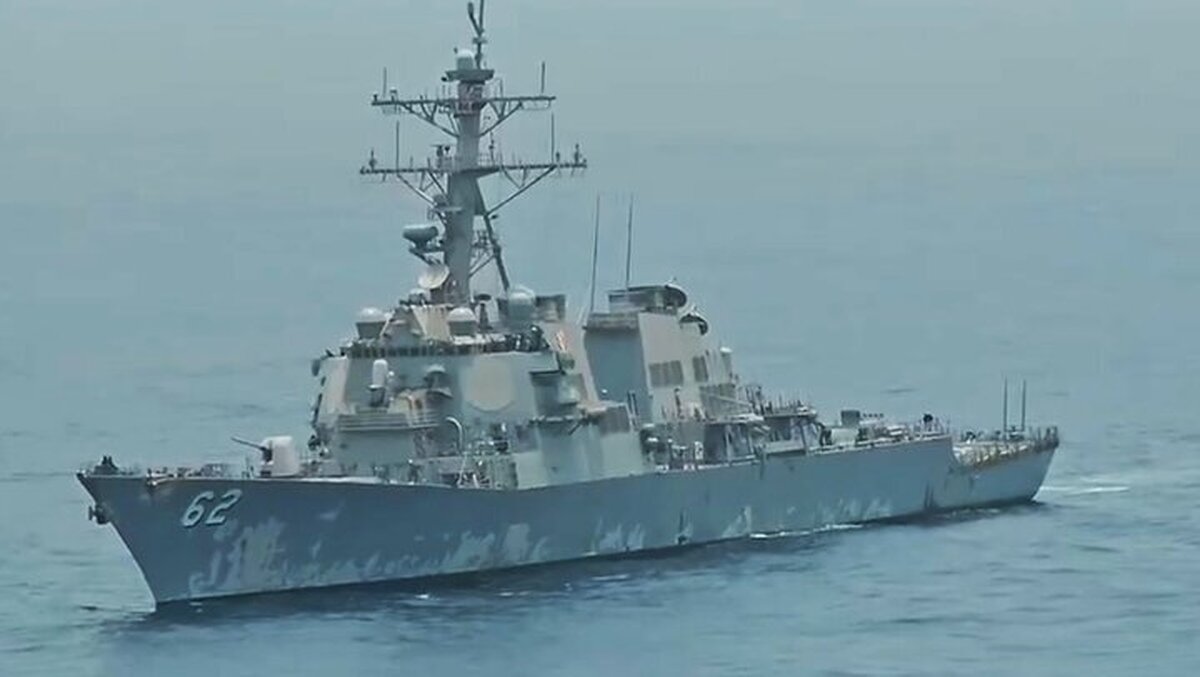
Jask Terminal Will Start Exporting Oil From June
EghtesadOnline: Following completion of a key oil export pipeline that bypasses the Strait of Hormuz, the National Iranian Oil Company will start exporting crude oil from its new terminal at Jask off the Oman Sea in June, the oil minister said.
"Construction of the 1,000 km Goureh-Jask oil pipeline that stretches from Goureh Oil Terminal in Bushehr Province to Jask Port in Hormozgan Province is over," Bijan Namdar Zanganeh was quoted as saying by the Oil Ministry news service.
In the first phase, the conduit will carry 300,000 barrels of crude per day from the West Karun oil fields to the southern coast on the Sea of Oman, he said.
The second phase calls for more pumping stations to boost the pipeline’s capacity to 1 million barrels per day.
Iran decided to build a sister facility for the main Kharg Oil Terminal after the Strait of Hormuz shipping chokepoint became the focus of military tensions between Iran and the US and several tankers were hit by mines or in other attacks.
Attacks on vessels in the strategic Strait of Hormuz, the shipping lane that carries about a fifth of the world’s oil, have raised concerns about how disruptive a conflict in the Persian Gulf could be for the global oil trade.
The US blamed Iran for the June 12, 2019 attacks on two oil tankers at the entrance to the Persian Gulf despite Tehran’s denials. On July 19, 2019 Iran’s Revolutionary Guards said they had captured a British-flagged oil tanker in the Persian Gulf after Britain seized an Iranian vessel on July 4.
Tensions spiked between Tehran and Washington after Iran downed a US military drone that it said was flying over one of its southern provinces on the Gulf. Washington said the drone was shot down over international waters. The United States said on July 18, 2019 that a US navy ship had destroyed an Iranian drone in the Strait of Hormuz after the aircraft threatened the vessel, but Iran said it had no information about losing a drone.
Work on the $1.1 billion Goureh-Jask pipeline in June 2020.
The Goureh facility receives heavy oil from the south and southwestern regions and transfers it to the Kharg terminal.
In related news, IRNA quoted Touraj Dehqani, managing director of the Petroleum Engineering and Development Co., a subsidiary of the NIOC, as saying that welding of the pipeline has been completed.
Local Input
“The pipes were produced by three local firms, namely the Ahvaz Industrial Pipe Company, Isfahan-based Mobarakeh Steel Company and Khuzestan Oxin Steel Company.”
Raw material for producing the pipes was supplied by the giant Mobarakeh steel complex and made into special steel sheets in Oxin Company. The pipes were manufactured in Ahvaz.
Referring to pumps, Dehqani said the large BB3 multistage centrifugal pumps used in the project were indigenized by domestic manufactures, namely Iran Industrial Pumps Company and Heavy Duty Pumps and Water Turbine Manufacture Company (Petco).
To supply power to the pumps, 200 km of transmission and distribution lines were built and 11 substations are needed, of which six are in place. The venture also includes construction of 20 oil storage facilities (four are operational), five pumping stations (two are ready) and an oil export terminal that is near competition.
"So far $400 million has been invested in the project and another $850 million is needed.”
Kharg Terminal in the Persian Gulf has been Iran’s main oil export terminal for decades. Jask will be a major addition with the advantage that oil tankers will not have to pass through the narrow and permanently clogged Strait of Hormuz.
As it pins hope on the new US administration for lifting the economic sanctions, Iran is confident it can restore its pre-sanctions oil market share.
"In the past three years lack of investment that stalled many projects but we moved forward," Amirhossein Zamaninia, deputy oil minister for international affairs, said.
Asian and European companies, he said, have started making contact with Iran ahead of the possible ending of the US economic blockade that isolated the country's energy, banking, shipping and insurance industries.
Iran is priming its oil and gas fields -- and customer relationships -- so it can increase production and exports as it inches closer to an agreement with the world powers in Vienna to remove the US sanctions.
The NIOC has been ramping up production over the past few months following the change of guard in Washington and gradual recovery of global oil markets from the devastative impact of the coronavirus pandemic.
In its latest report the Organization of Petroleum Exporting Countries put Iranian crude output in March at 2.3 million barrels per day indicating a 137,000-bpd increase compared to the previous month.
Based on OPEC data, Iran’s average crude output in the first quarter of 2021 was near 2.2 million barrels per day – almost 197,000-bpd higher rise compared to the last quarter of 2020.



